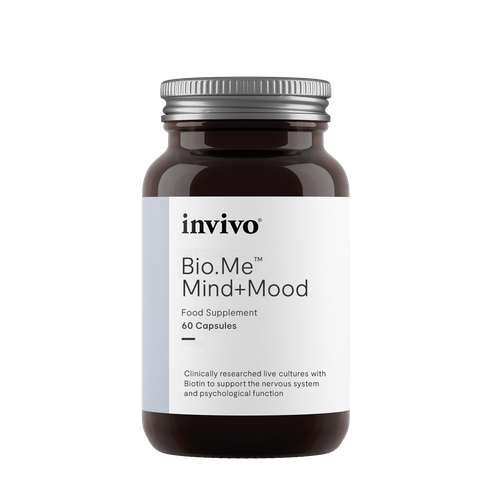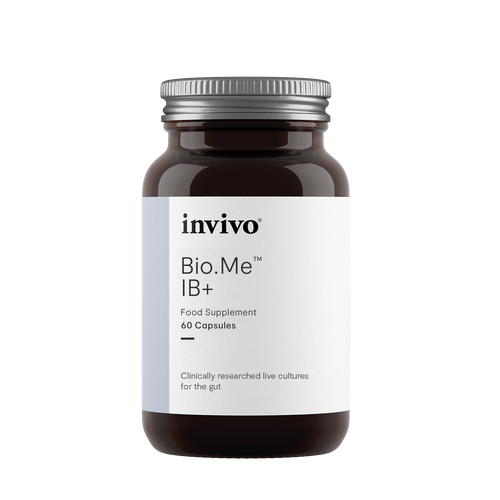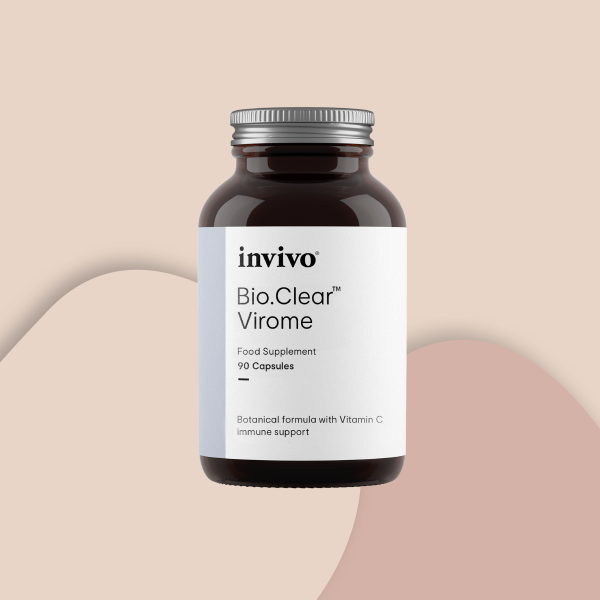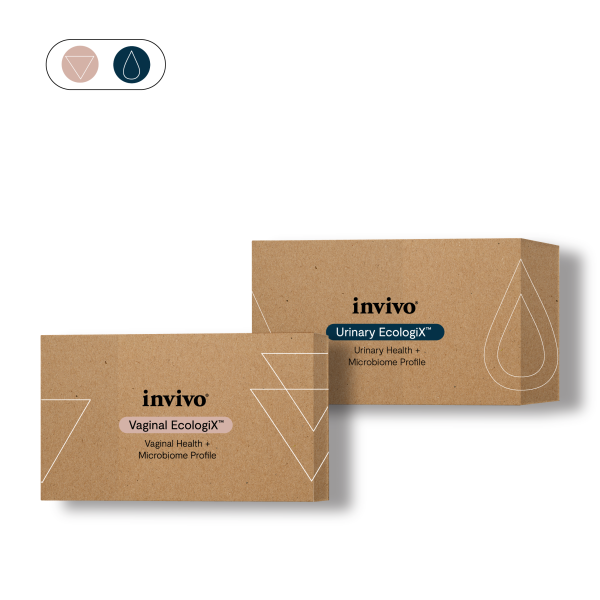The Urinary Tract Ecosystem
The idea that the urinary tract is a sterile environment has been successfully challenged with the help of technological advancements, including culture-independent techniques (qPCR). We now know that urine is not sterile, even in the absence of a clinically relevant infection (1), and indeed, the entire urinary tract is inhabited by microorganisms, with each urinary microbial community being unique (2, 3). A substantial amount of research supports the idea that, similar to microorganisms at other sites of the body, some bacteria from the urinary microbiota aid in the maintenance of health and its eubiosis determines, to an extent, which pathogens can colonise the urinary tract (4).

Vaginal Microbiome Homeostasis
Detailed composition of the vaginal microbiota has been defined through high-throughput 16S rRNA gene sequencing. A cross-sectional study using 394 healthy women from four ethnic groups classified the vaginal microbiota into five microbial communities, termed community state types (CST), which are generally dominated by Lactobacillus spp. (5). Briefly, CST I, II, III and V are dominated by Lactobacillus species (Lactobacillus crispatus, Lactobacillus gasseri, Lactobacillus iners and Lactobacillus jensenii respectively) and CST IV has no dominant species and is classified as the diverse group, with higher numbers of strictly anaerobic bacteria and BV-associated bacteria such as Prevotella, Gardnerella, Aerococcus, Finegoldia, and Mobiluncus (5).
Lactobacilli are extremely important for vaginal health due to their protective and antimicrobial functions. Lactobacilli produce lactic acid, creating an acidic environment (pH 2.8–4.2) that is inhospitable to many non-Lactobacillus commensals and potential vaginal pathogens (6, 7). Lactic acid also induces autophagy in epithelial cells to degrade intracellular microorganisms and promote homeostasis (8). In addition, some Lactobacillus species produce antimicrobial compounds such as bacteriocins that inhibit growth of pathogenic microorganisms (9). Lactobacilli also modulate the host immune response, mediated through vaginal epithelial cells, inhibiting induction of pro-inflammatory cytokines such as IL-6, IL-1B and TNF-a (10). Vaginal lactic acid has also been shown to mediate an anti-inflammatory response in the presence of inflammatory inducing pathogens (11).
-kxac3t.png)
Eubiosis & Dysbiosis in the vaginal microbiota.
Adapted from Aldunate et al. (2015) doi: 10.3389/fphys.2015.00164
Vaginal Microbiome Dysbiosis
Dysbiosis within the urinary tract, has been linked to a multitude of disorders including bacterial vaginosis (BV), premature delivery in pregnant women, infertility, miscarriages and increased risk of sexually transmitted infections (STIs), as well as UTIs (12). E. coli is responsible for 80% of recurrent UTIs (13) and is usually accompanied by decreased Lactobacilli (14).
Vaginal dysbiosis is often defined as a prolonged deviation from a low-diversity, Lactobacilli-dominated vaginal microbiota (15). The most common dysbiosis of the vaginal microbiota is bacterial vaginosis (BV), an anaerobic polymicrobial dysbiosis (15, 16). BV-associated dysbiosis typically includes increased Gardnerella vaginalis, Atopobium vaginae and other anaerobes including Megasphaera spp., Dialister spp., Prevotella spp., Mobiluncus spp. With, or without, a low relative abundance of L. iners (17, 18). Community State Type IV microbiota profiles show increased dominance of BV-associated anaerobic bacteria. However, as the CST IV profile is detected in healthy women, recent studies now support a role for polymicrobial interactions, biofilm formation and host immune responses in the aetiology of BV (19).





